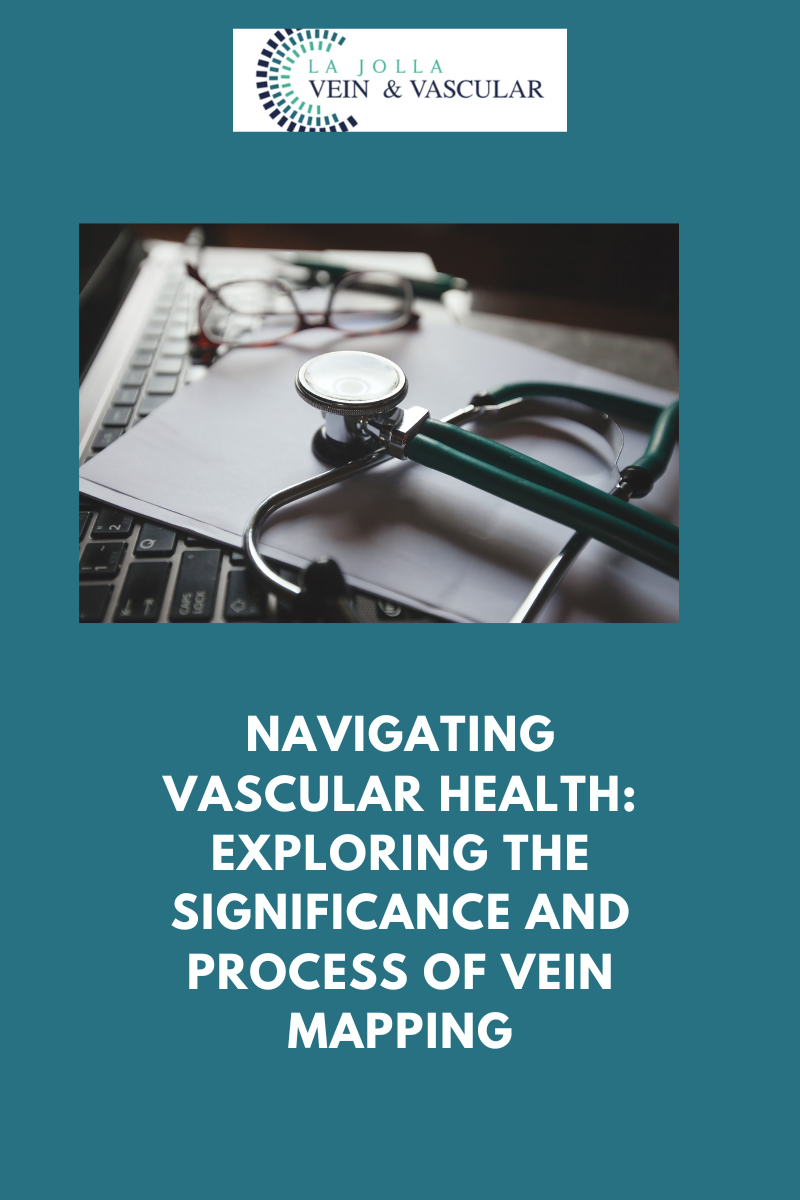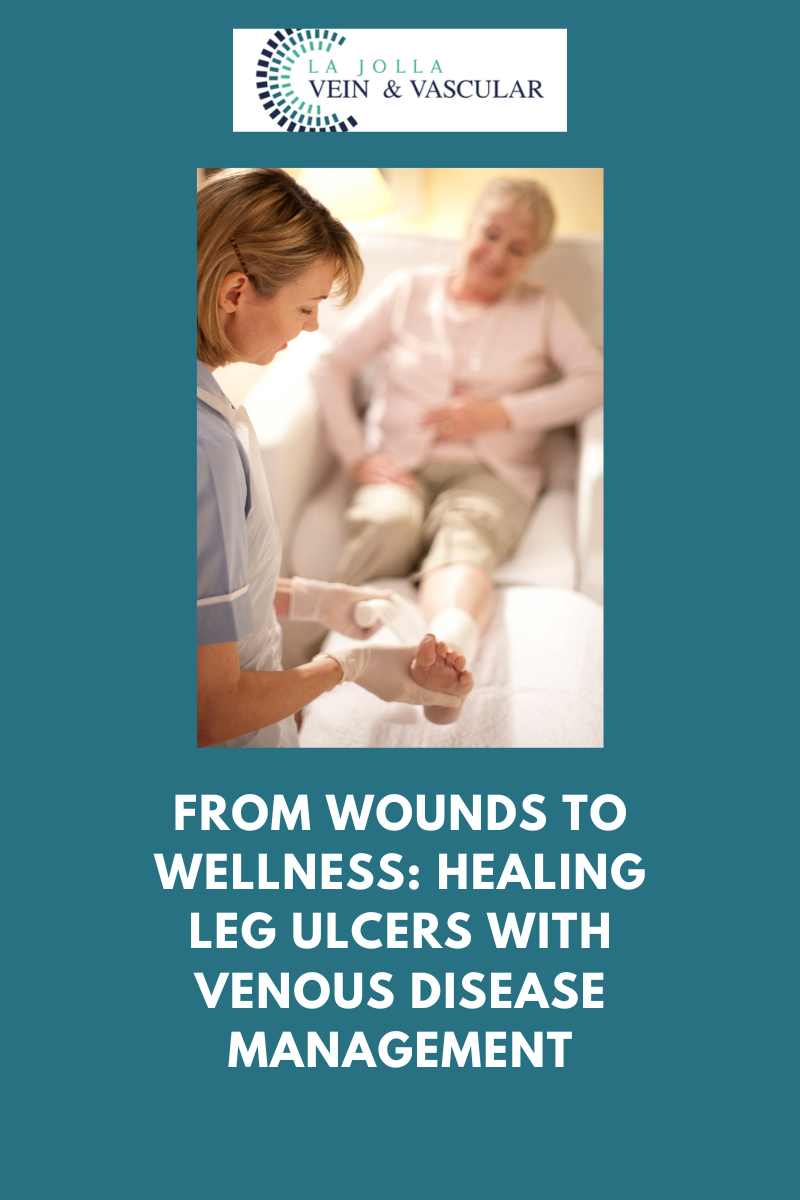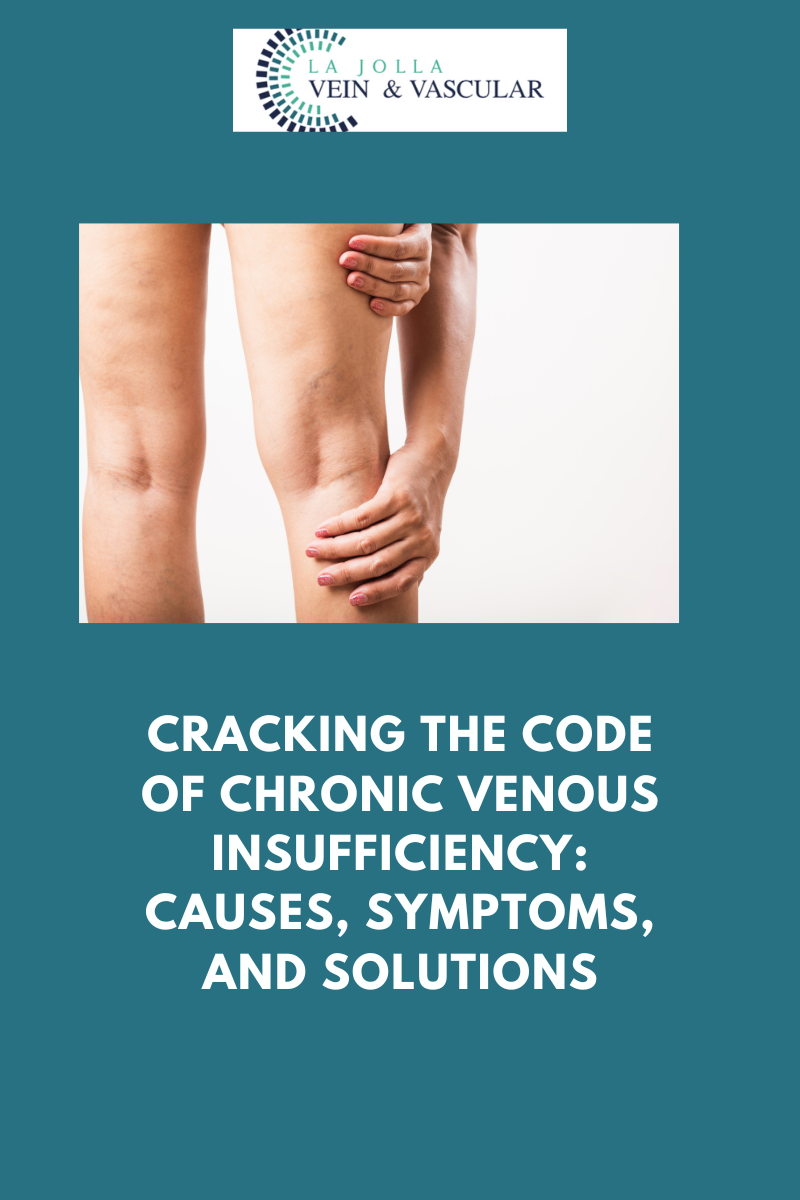Navigating Vascular Health: Exploring the significance and process of vein mapping
LJVascular2024-10-24T20:41:08-07:00Navigating Vascular Health: Exploring the significance and process of vein mapping
When it comes to diagnosing and treating vein-related conditions, accurate and detailed information is key. Vein mapping ultrasound, often referred to simply as “vein mapping,” is a crucial tool in the realm of vascular medicine. In this blog post, we’ll explore the significance of vein mapping ultrasound, how it works, and why it is an essential step before undergoing vein procedures.
The Role of Vein Mapping
Vein mapping ultrasound serves a specific and vital purpose in the assessment and treatment of vein-related issues. Here’s a closer look at its primary roles:
- Mapping Vein Anatomy: Vein mapping is aptly named because it creates a detailed “road map” of the veins in the area of interest. This map allows healthcare providers to visualize the anatomy of the veins, including their size, location, and branching patterns.
- Measuring Vein Diameters: Vein diameters are not uniform and can vary at different points along a vein. Vein mapping ultrasound measures these diameters at multiple locations. This information is crucial for understanding the extent of the condition and planning appropriate treatment.
- Accurate Assessment: By combining the visual representation of the veins and precise measurements, vein mapping ultrasound enables healthcare providers to make accurate assessments of various vein-related conditions. This includes conditions like varicose veins, chronic venous insufficiency, and deep vein thrombosis.
The Importance of Preparation
While the vein mapping ultrasound procedure itself is straightforward and painless, there are some essential steps to take before the test:
- Avoid Compression Stockings: On the same day as your examination, it’s crucial not to wear compression stockings. These garments can interfere with the ultrasound imaging and affect the accuracy of the results.
- Stay Hydrated: Hydration is essential for optimal imaging results. Ensuring that you are well-hydrated before the test helps provide clear images, making it easier for healthcare providers to assess your veins accurately.
The Procedure
During a vein mapping ultrasound, a trained sonographer or vascular technician will perform the procedure. Here’s what you can expect:
- Gel Application: The technician will apply a special ultrasound gel to the area of interest. This gel helps transmit ultrasound waves and ensures that there is no air interference between the transducer and your skin.
- Transducer Use: A handheld device called a transducer is used to perform the ultrasound. The transducer emits high-frequency sound waves that bounce off the blood vessels and return as echoes. These echoes are transformed into images that reveal the veins’ structure and measurements.
- Mapping the Veins: As the transducer is moved over the skin’s surface, it creates a visual “map” of the veins, including their size and location. This information is recorded for further analysis.
Vein mapping ultrasound is an indispensable tool in the world of vascular medicine. It allows healthcare providers to create a detailed map of your veins, measure vein diameters, and accurately assess various vein-related conditions. This information is crucial for formulating the best treatment plan to address your specific needs.
If you’re scheduled for a vein procedure or have concerns about your vein health, understanding the role of vein mapping ultrasound can help ease any uncertainties. It’s a valuable step on the journey to healthier veins and improved overall well-being.
“Bringing Experts Together for Unparalleled Vein and Vascular Care”
La Jolla Vein & Vascular (formerly La Jolla Vein Care) is committed to bringing experts together for unparalleled vein and vascular care.
Nisha Bunke, MD, Sarah Lucas, MD, and Amanda Steinberger, MD are specialists who combine their experience and expertise to offer world-class vascular care.
Our accredited center is also a nationally known teaching site and center of excellence.
For more information on treatments and to book a consultation, please give our office a call at 858-550-0330.
For a deeper dive into vein and vascular care, please check out our Youtube Channel at this link, and our website https://ljvascular.com
For more information on varicose veins and eliminating underlying venous insufficiency,
Please follow our social media Instagram Profile and Tik Tok Profile for more fun videos and educational information.
For more blogs and educational content, please check out our clinic’s blog posts!























